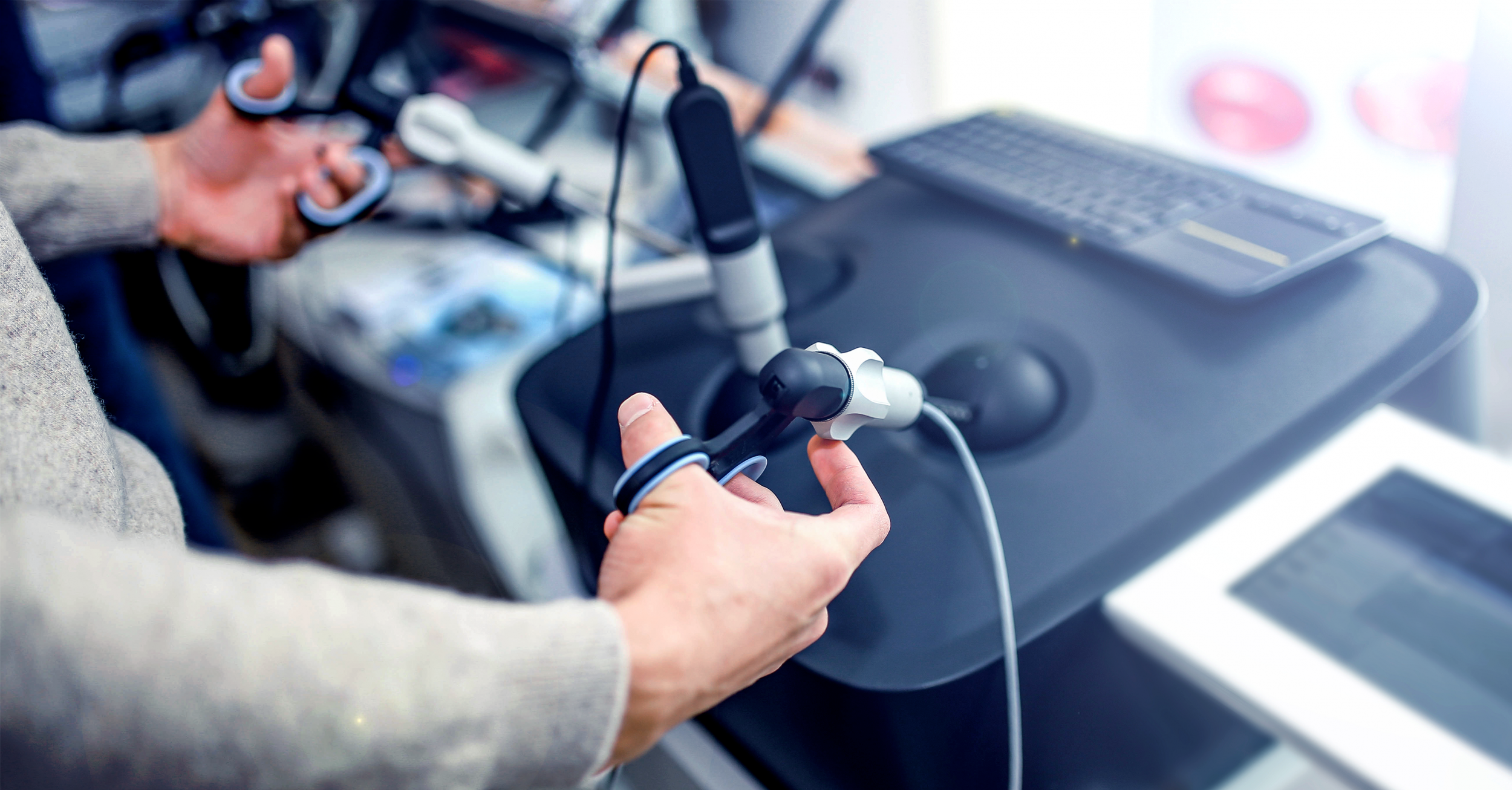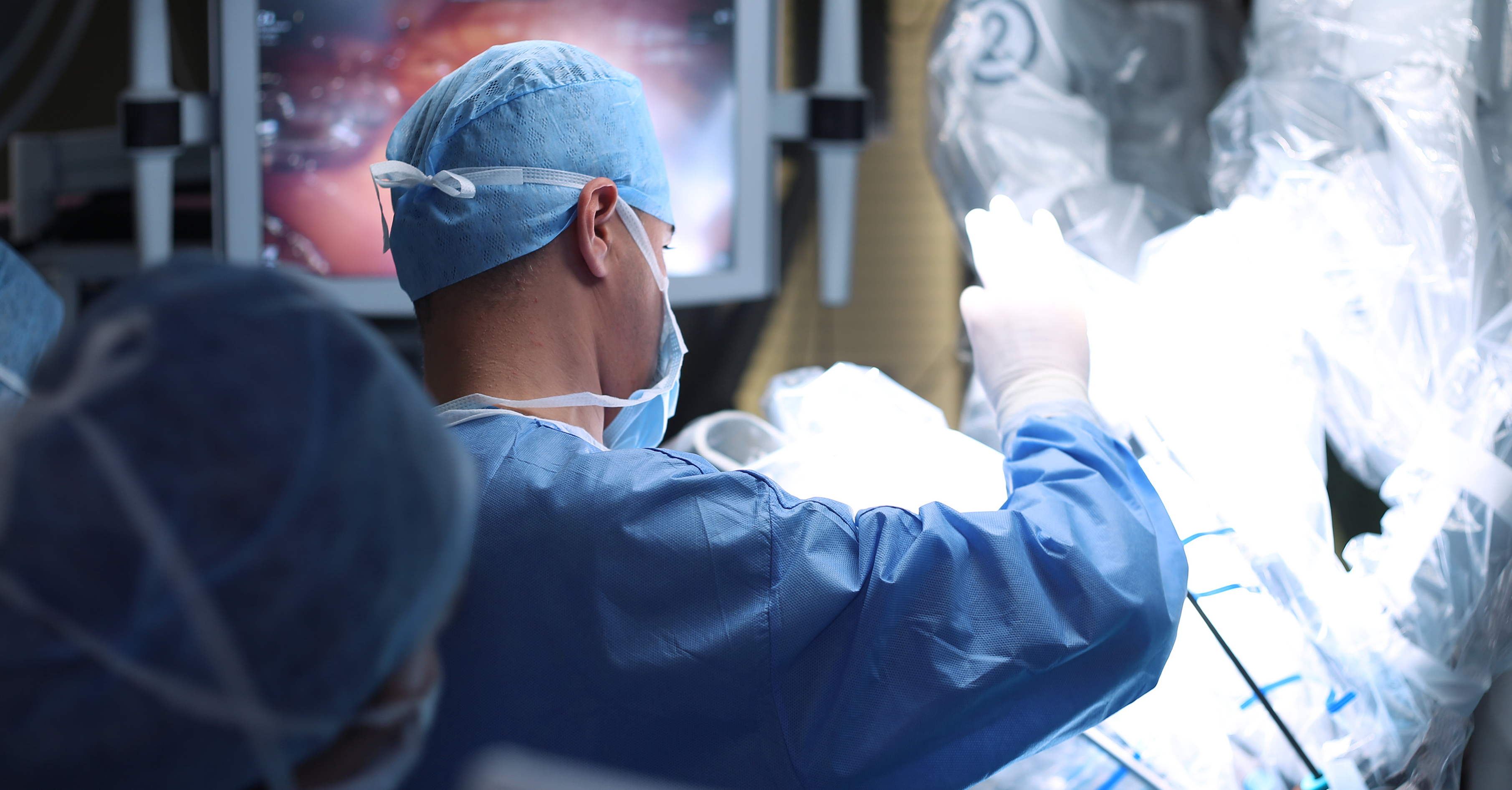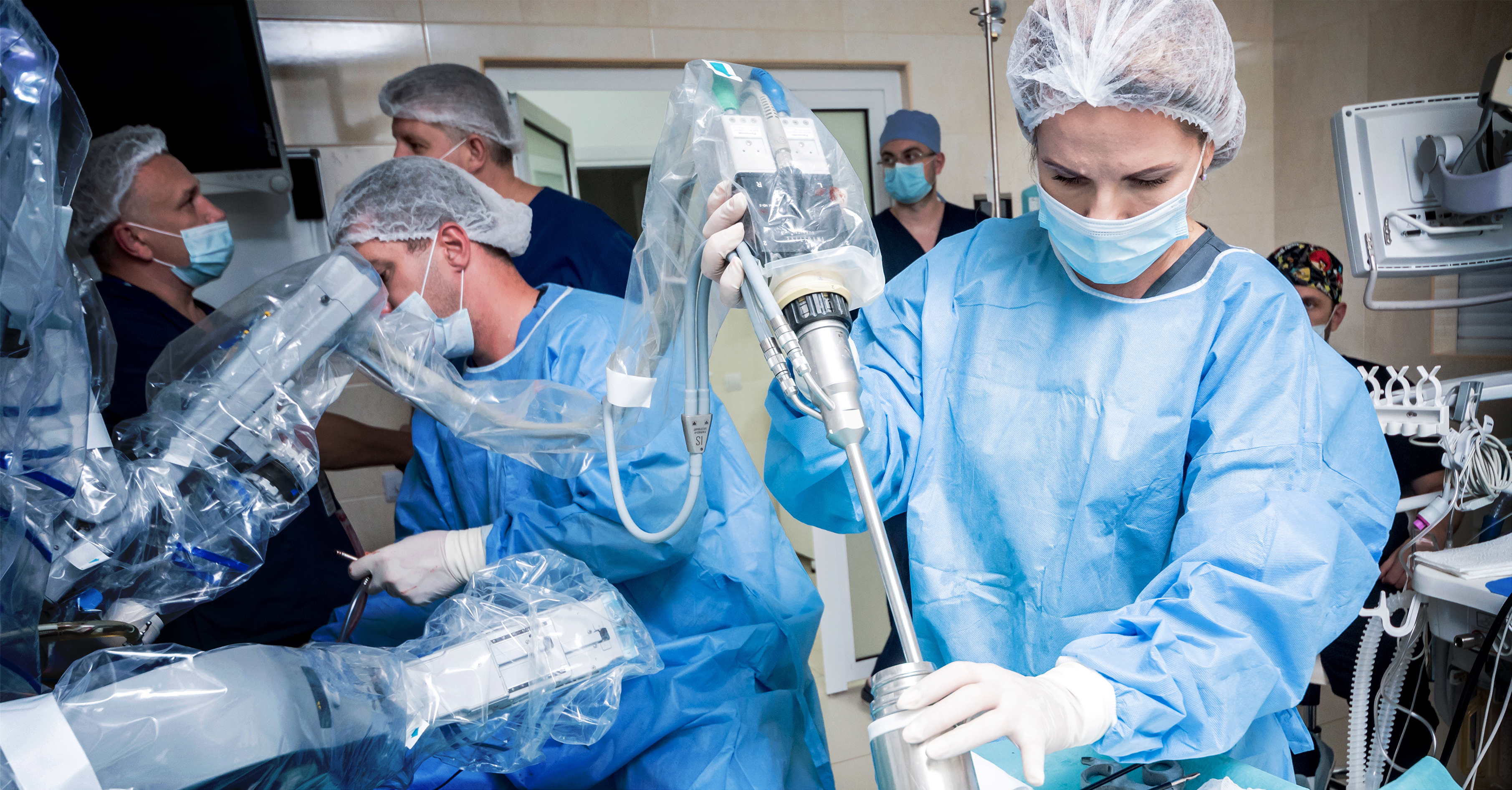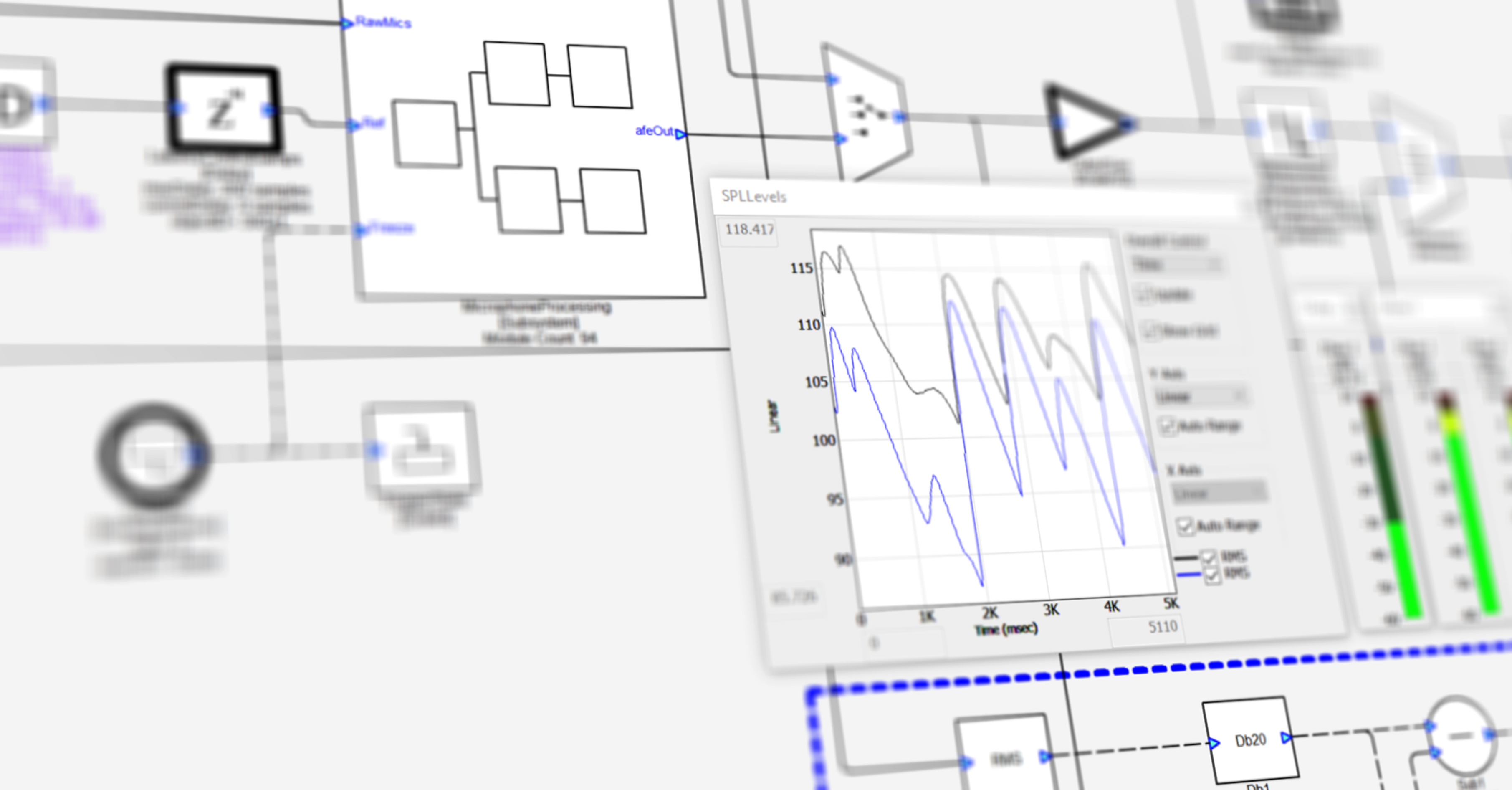![]()
![]()
![]()
![]()
![]()
![]()
![]()
Robotic-assisted surgery is one of the greatest medical breakthroughs in decades. With these systems, surgeons can access viewpoint control that offers powerful magnification, operate with a level of precision that would be impossible for human hands to match, and make smaller cuts that heal faster. As advanced as these procedures are, current robotic-assisted surgery relies heavily on manual positioning of machinery, spoken instructions from the surgeon to the nurses, and frequent pauses that slow down the process. However, recent comments from a leading robotic surgeon point the way to a solution: utilizing some of the same technologies that are already found in millions of smart speakers.

![]()
![]()
![]()
![]()
![]()
![]()
![]()
![]()
![]()
![]()
![]()
Ultra-Precise Handheld Controls
In robotic-assisted surgery, the surgeon sits in a control system that includes a video monitor and ultra-precise handheld controls. Some of the required setup and repositioning of the robotic arms and instruments cannot be done by the operating surgeon and are actually done by a surgical assistant at the operating table. This assistant must move the robotic arms into position, then manually reposition them frequently throughout the surgery. The assistant also has to frequently adjust and clean the camera, all based on spoken commands delivered through a low-quality microphone and speaker built into the robotic surgery system. Yet because the surgical assistants are “scrubbed in” — following strict sterilization procedures — they cannot touch any of the system controls. Rather, they can only adjust the arms, which are covered in sterile surgical drapes. An extra nurse, who is not scrubbed in, must be available to operate the non-sterilized parts of the machine.

![]()
![]()
![]()
![]()
![]()
![]()
![]()
Adjustment of the Patient-Side Arms
Relying on verbal commands from the surgeon to other staff can be especially problematic in an operating room. In most ORs, there are typically many machines running at once, anesthesia machines constantly beeping, ventilators and suction machines hissing, and most rooms are outfitted with strong ventilation systems that generate constant, additional background noise. There may also be multiple discussions going on among the various personnel, plus constant announcements through the overhead speakers. Noises from these sources add up to create a very challenging environment with frequent potential distractions.
“High-quality audio is critical in the operating room because communication in the OR is so important,” said Dr. Daniel Eun, chief of robotic surgery at Temple University Hospital in Philadelphia and a noted lecturer and educator in the field. “You need everyone to clearly hear what you're saying and what you're asking for to avoid any misunderstandings.”
The complexity of these systems places additional demands on the surgeon. Every task outside the actual surgery such as changing the parameters and modes on the control system display, referring back to imaging studies, checking medical records, and contacting other departments — requires the surgeon to pull out of the control system, and perhaps even get up and walk into a different room. In these cases, surgery must pause and then restart, leading to a break in the surgeon’s concentration.

![]()
![]()
![]()
![]()
![]()
Sterile Procedures in the Operating Room
So many of these problems can be solved by adding advanced audio processing features to robotic-assisted surgery systems. For example, DSP Concepts’ Alexa-qualified TalkTo technology easily and quickly integrates the voice-command features found in today’s smart speakers — but with enhanced ability to pick up commands even in the presence of high levels of interfering noise. TalkTo combines many audio processing functions to enhance the efficacy of voice-command systems. Used with multi-microphone arrays, beamforming focuses on a surgeon’s voice and excludes sound arriving from other directions, while noise reduction ensures a much clearer and more accurate signal for the voice-command system. TalkTo can pick out a whispered command from across a room even in the presence of noises that would make the command all but impossible for human ears to discern.
“Ideally, I want to voice-command the robot to do something on the patient, such as configuring robotic arms for specific modes and cases, direct the robot to drive and dock on its own, and move, focus and clean the camera,” Dr. Eun said. “I’d also like to be able to adjust the display without pulling my hands off the controls—for example, to change optical modes, call up additional images in a picture-in-picture window, and overlay ultrasound images. In the near future, I hope surgeons will not have to look into a robotic machine, but can instead perform procedures wearing a VR headset or a helmet with built-in mics and speakers employing voice-command capabilities.”
By adding these advanced audio capabilities, many of which are already proven in millions of products now in consumers’ homes, robotic-assisted surgery systems can become even more efficient, reducing workload and stress on surgeons and nurses, and ultimately resulting in more effective and consistent surgical procedures. Recent reductions in the size and cost of digital audio hardware now make it possible for the medical products industry to quickly and affordably offer better audio quality and more advanced control functions in practically any type of device.
DSP Concepts looks forward to working together with the pioneers of robotic-assisted surgery to bring the benefits of advanced audio capabilities to medical facilities around the world. The incorporation of valuable audio features can be streamlined with Audio Weaver, a low-code, hardware-independent product development platform for the Audio of Things, representing the full range of audio processing technologies that deliver sound and voice features to any devices that employ microphones and speakers.

![]()
![]()
![]()
![]()
Advanced Signal Processing with Audio Weaver
The processing blocks available in Audio Weaver, known as modules, are not limited to signal processing for microphones. For example, PlayPack, a set of output features available from within Audio Weaver, offers algorithms designed by DSP Concepts to provide the utmost in audio quality and intelligibility, overcoming limitations in many playback systems. Playpack modules provide real-time adjustments to dynamic range to minimize volume changes and maintain a target acoustic level without distortion, so even a relatively compact speaker built into a medical device can deliver remarkable clarity.
Through these and others among its more than 550 audio processing modules, Audio Weaver allows product makers to realize the maximum performance their hardware can achieve, all through an easy-to-use onscreen GUI.
Incorporating features for the transmission of high-quality speech signals into the consoles of robotic-assisted surgery systems can greatly improve the accuracy of voice communications between the surgeon and nurses, and allow for voice command functionality that helps reduce complication in such a critical environment.
